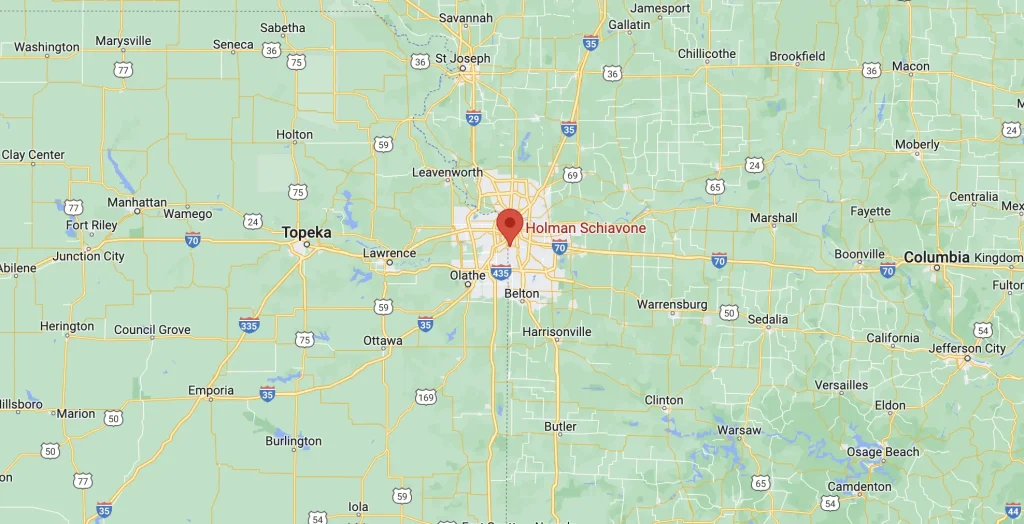Are you worried that your child is getting bullied at school? When this happens, it can put your child in very real physical danger. It can also lead to issues like depression, falling grades and isolation.
As common as bullying is, it is important to take it seriously. That starts with understanding the scope of the problem. To get started, take a look at the four main types of bullying:
Verbal bullying
This is often the first type of bullying, as the aggressor tries to intimidate or humiliate your child. They may insult them, spread rumors, taunt them to provoke a fight, make sarcastic comments, tease them about their appearance or personal traits, or ridicule them about things that might seem trivial to you. In some cases, verbal abuse can take the form of racial or gender-based slurs. Your child may physically be fine, but that does not mean the bullying has no impact. It’s emotionally difficult and can make a student feel like they have no friends at a time when fitting in is very important.
Relational bullying
This is similar to the above, but the goal is isolation. It may be more subtle. For instance, the aggressor may start false rumors or spread gossip in order to cut the student off from their friends. They may use them as a scapegoat for something they had nothing to do with. They may intentionally leave that student out of events and try to make them feel like an outcast.
Physical bullying
The next step could be physical aggression. This includes all of the old bullying cliches like kicking, shoving, hitting and physically assaulting your child. It could also include the theft of possessions or money. In many cases, things start out as verbal confrontations and threats but then progress to physical violence to fulfill those threats.
Cyberbullying
This is a relatively new type of bullying that happens online, especially on social media. It could also include cellphone calls, emails, text messages and instant messages. Often, cyberbullying takes the form of insults or rumors that spread online. It could also include “hacking” into your child’s accounts or trying to damage their identity on the internet.
Essentially, cyberbullying is a new, potentially more serious evolution of verbal bullying. Students are connected online and comments and photos shared on the internet are easily accessible. Students may not act aggressively in person, but they could continue to attack your child online and damage their relationships with friends and other students.
What now?
As a parent, you want only the best for your child. It breaks your heart to think of them getting bullied at school, no matter what form it takes. Make sure you know all of the legal options that exist so that you can protect your child and help them move forward.


